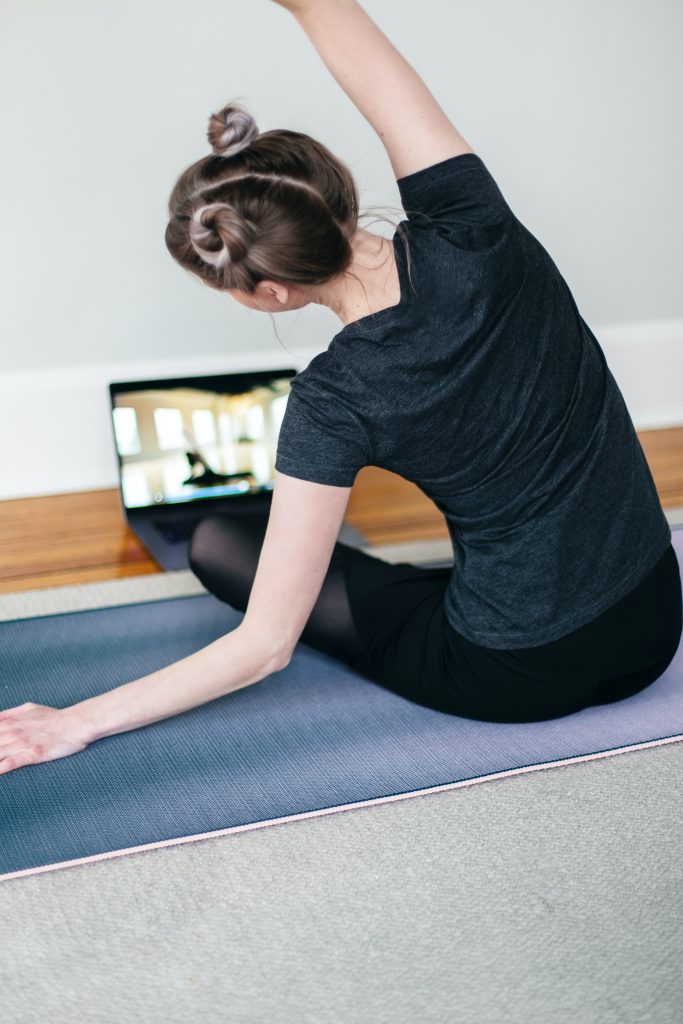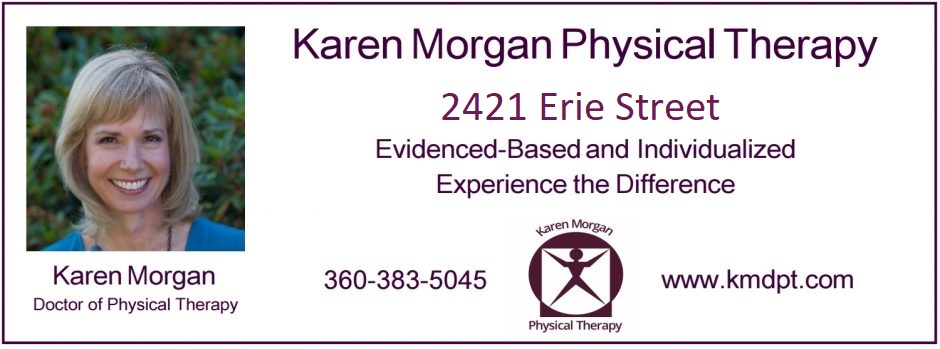Physical therapy is considered “essential.” What makes my work essential?
If you ever had to deal with debilitating pain or struggled to function following an injury, you would probably agree my wholistic physical therapy service is essential. As the owner of a solo outpatient physical therapy clinic, I work primarily with both neurological and musculoskeletal disorders that require motor retraining and pain management. I do this with a psychologically informed perspective.
Being a solo practice enabled me to be nimble in my adaptation to this wild ride of delivering healthcare in a Shelter in Place state. Without being saddled with significant overhead, I’ve been able to quickly switch the majority of my sessions to telehealth.
But there are times where it is necessary, “essential,” that I show up in person and not just on the screen. And when I do, I try to be as judicious and careful as possible. I pre-screen my patients. Until I obtained an infrared thermometer, I had my patients take their temperatures at home before leaving for my clinic, and I take mine. I provide instructions on hand washing and the wearing of make-shift masks. I have supplies in my office for such a time as this, including masks, gowns, or lab coats. I limit those who are most at risk of entering. Those most at risk, I visit in their homes.
Here are three examples of essential therapy scenarios:
1. A woman in her late 20’s customer service rep at a local bank has a shoulder tendon tear on her dominant arm. The bank has found itself at the center of the Small Business Loan application process, and she is overwhelmed. Her struggles with her pain impact her effectiveness and endurance at work.
2. A man in his late 60’s suffered a stroke six weeks ago and couldn’t find a PT to take him on because many of the practices in my city had closed their doors.
3. A college student has bilateral tendinopathies in her feet, preventing her from walking and standing.
I have seen all three in my clinic, as well as via telehealth (video conferencing).
In recent weeks, the bank rep has dealt with hundreds of people daily, including sending out hundreds of email communications. Many of those people are impatient and rude, taking out their anxiety and desperation on her. She is exhausted at the end of each day, and just barely keeping her head above water. Her tendon tear in her shoulder makes it very difficult to do her job. That kind of pain can be draining, both physically and emotionally. In the past two weeks, her symptoms, which were doing well, exacerbated. In our visit this week, I taught her pain management techniques, improved body mechanics, exercises, and healthy self-talk. I performed some much-needed soft tissue and joint mobilizations on her shoulder, which reduced her pain considerably, and I taught her self mobilizations. Finally, I encouraged her.
“Considering how the world is falling apart around us, you are doing fantastic. You should be very proud of yourself and all that you are doing, both with your health and your clients.”
She visibly brightened with those words, and with tears in her eyes, thanked me. She needed affirmation.
My stroke patient is a retired contractor. This past February, he and his wife were in process of relocating from California to Washington state, when he had a stroke, and landed in the hospital, mid-move.
Having survived being hospitalized in a skilled nursing facility and not acquiring COVID-19, he was understandably eager to regain his strength and mobility. His previous life of vigorous activity further fueled his impatience to recover the use of his left arm, hand, and leg. It amazed him how much energy was consumed by a body that was working “only half right.”
While I can teach him via video, we also require in-person visits to use my hands to activate the correct muscles and motor programs. Plus, I am teaching him and his wife how to perform tactile sensory stimulation and lymphatic massage, and this requires hands-on, at least initially. I go to their house for the in-person sessions, to limit their exposure to the public, as he has several other diagnoses that render him vulnerable to infection. Progress is slow, with the conditions under which we are operating, but he and his wife are thrilled with each breakthrough and little triumph.
My college student partially succumbed to the stresses of our new world a few weeks ago.
“I haven’t had the energy to do my exercises. I’ve been overwhelmed by everything. And I just have more pain with everything.” Ah yes.
Aside from some hands-on treatment and progressing of her exercise program, we discussed coping mechanisms, one of them to remember that this too will pass; we will get on the other side of this. I taught her it is critical to realize that we need to be healthy and strong, both mentally and physically, when we emerge on the other side of this pandemic. I shared with her how POWs survived their incarceration: they gave themselves schedules, and they consistently performed those things, including exercise, even in a tiny prison cell. John McCain was imprisoned for six years, but was able to make it through that and became a successful politician.
“There’s more after COVID-19, so get back to your exercises and let me know how you did.”
She thanked me “for kicking her in the butt” and did indeed get back to her program. This week she was able to resume running for the first time in six months without pain, and in her words, “feels crazy empowered again.”
The role of a physical therapist is to optimize functional mobility, life skill training, and encouragement. “Optimal function,” we like to say. And in these days of COVID-19, never has it been more apparent how interconnected and integrated our bodies are with our mental and emotional health. Caring for those who serve at the front of this crisis, is another side of what essential means. While doctors and nurses fight COVID-19, or grocery stores keep us fed, and financial institutions keep us solvent, therapists are in the background supporting those “warriors” and the rest of the population. Our aim is that we all immerge from this exceedingly difficult time optimally functional, mobile and ready to take on our next chapters of life.

See my article at https://medium.com/@karen.a.morgan/physical-therapy-is-essential-793d779ab729
